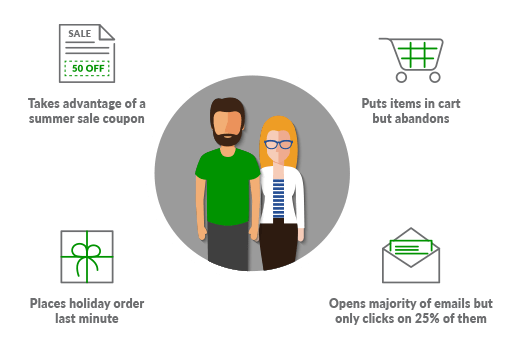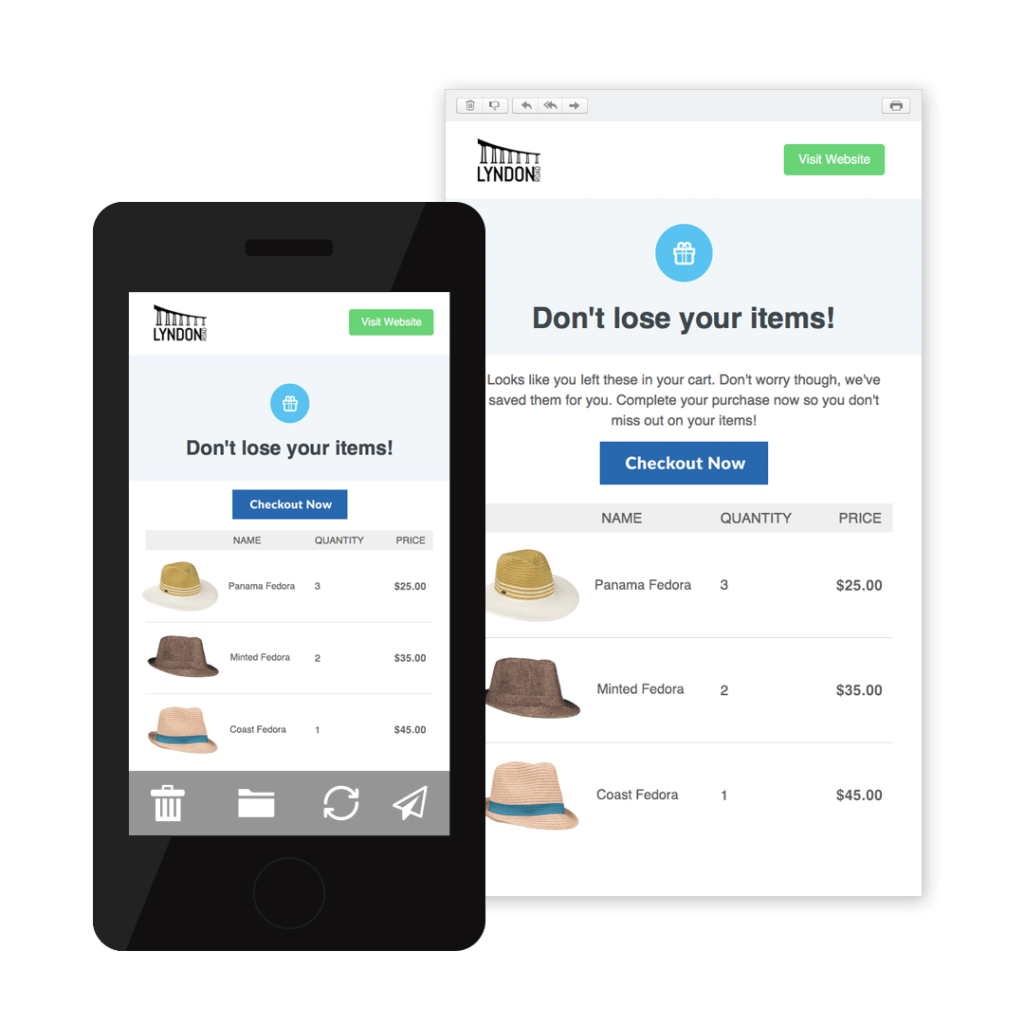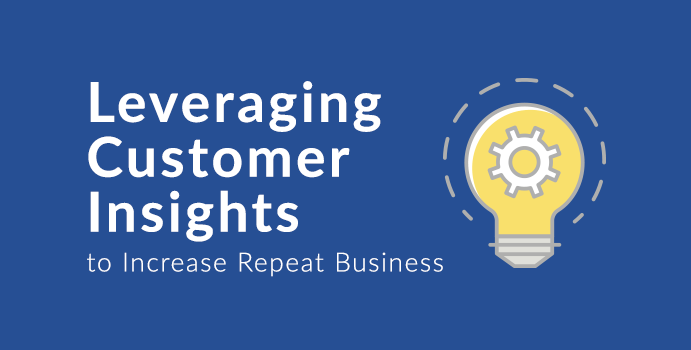With recent outcries around Facebook, Cambridge Analytica, and Google, customer data is somewhat a polarizing term. But you’re an upstanding online merchant, just trying to leverage your e-commerce customer data to improve your marketing and create delightful customer experiences. So we’ll treat customer data the right way—as a powerful tool in your marketing toolbox.
Every action your customers take is an insight into their interests. Each of these data points can be used as triggers to activate messaging that is catered to their unique path. Today, we are going to go through some ways to use e-commerce customer data to increase repeat business across various touchpoints.

Tap into automation
Every successful business has automation in place to varying degrees. Automation can take your e-commerce customer data and turn it into actionable steps in the customer journey. Every e-commerce seller should have marketing automation and shipping/e-commerce automation in place to turn e-commerce customer data into an automated revenue generator.
Marketing automation software is the most effective and authentic way to connect with your customers. You can set up your processes to reach out to customers based on their behaviors. If a customer opened a particular email you sent but didn’t take action, the system can automatically send them a follow-up email a few days later. This is a great way to avoid sending the same generic messages to all of your subscribers who might not be interested in the same topics.
When we talk about shipping/e-commerce automation, we’re not just talking about automating your shipping processes, though that is table stakes at this point in the game for online sellers. What we mean is using steps in the shipping process as triggers for customer marketing. Let’s look at some examples of how you can use shipping and e-commerce customer data to create automated processes and increase business.
Use delivery as a trigger to request reviews
84% of customers trust and rely on reviews from other customers (as much as recommendations from friends, even) to inform their purchase decisions. The more variety of reviews you can get, the more trustworthy they appear to potential and repeat customers. Using delivery as a trigger, set up a post-delivery window for a review request email to go out. This time frame will depend on the product. Some products are used immediately, while others may take a week or so before a customer can feel comfortable writing a review on their experience. You know your customers and products, so schedule accordingly.
Product recommendations
Customer purchase behavior gives you so much information about your customers. The items they buy can be used to create recommendations for other complementary products, or products they would naturally use next. It can also be used to follow up as a refill reminder or to let them know you have that product back in stock or on clearance.
Don’t just look at which items they buy though, but consider how many items. What did they buy together? How much did they spend? If they spent on the higher end, perhaps reward them. Lower end? Perhaps nudge them to add more to their cart next time to earn a coupon or free shipping. Did they abandon their cart? Well, that’s another use of automation. The opportunities are limitless.
Abandoned cart emails
There are varying stats on how many customers abandon carts, but the average now hovers around 70% of people. If you’re not following up with them, you’re losing huge opportunities to increase revenue. We’ve covered the various reasons people abandon carts, but regardless of the reason, following up with them works! In a recent benchmarks report, Klaviyo reported an average open rate of 41.18% and click rate of 9.50% on abandoned cart emails. Don’t let that revenue float off into the internet, and potentially to a competitor!

Track your results
As with every good marketing strategy, it’s important to measure your results. Iteration is important in any of the aforementioned strategies. Test, segment your customer lists, test again and continue catering your messaging to who your customers really are.
Also, don’t just relegate yourself to email. Once you’ve used your e-commerce customer data to segment your audience, download that targeted list (all of which you can do in ShippingEasy’s Customer Marketing platform), and use it for retargeting on social and around the web. Track which placements and locations perform the best for which customers and further segment. Before long, you’ll know your customers as well as they know themselves—at least when it comes to their shopping behavior!
Ready to start putting your e-commerce customer data to work for you? Give ShippingEasy’s Customer Marketing platform a spin and start converting more customers, automating more processes, and get more time back in your day to grow your business.
Rob Zaleski
Latest posts by Rob Zaleski (see all)
- USPS 2023 Shipping Rate Changes - November 16, 2023
